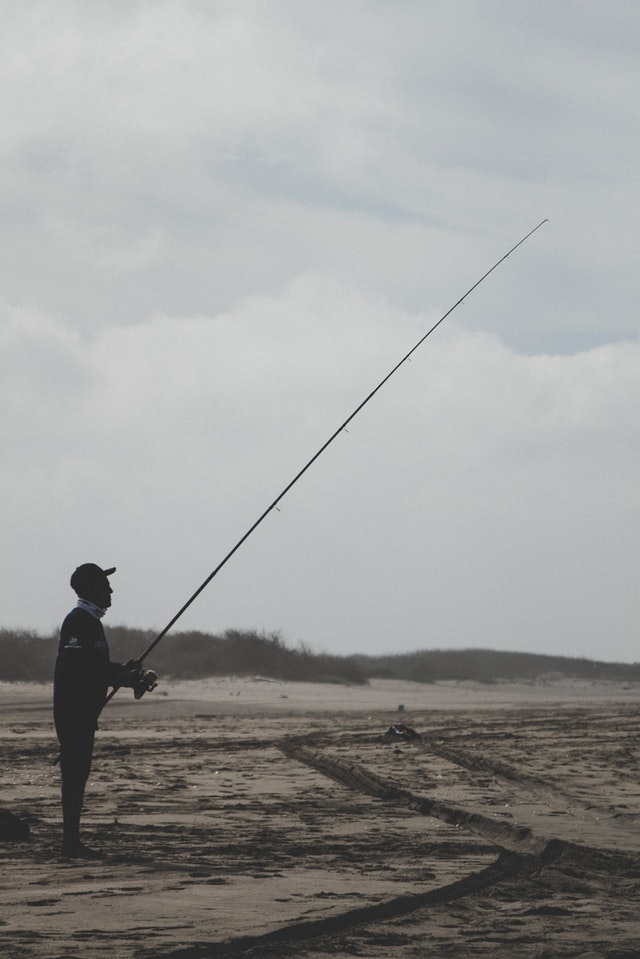Why a Fish Chomps on the Hooks
Why a Fish Chomps on the Hooks
Why
a fish chomp on the snare
This
article portrays some entrancing investigations attempted to decide the
faculties utilized by fish to find and recognize their prey and clarifies how
anglers can utilize this data to improve their prosperity rate.
Why
a fish chomp on the snare
A
portion of the data in this article may appear somewhat specialized, yet it is
significant to see surely understood angling standards, for example.
Are
enormous lures better for huge fish?
Do
you have to keep the trap moving?
Is
the shading or example critical?
Do
foul traps draw in fish?
We
presently go to the sensitive errand of understanding the implications that
fish use to find and distinguish their prey. The tangible organs and the level
of information of the fish have been depicted in detail in many angling books,
yet little consideration has been given to the significantly more pertinent
theme of fish bolstering conduct.
Tests
on the conduct of fish, or some other gathering of creatures, must be performed
with uncommon consideration, as it is too simple to even think about disturbing
the animals examined. It is likewise conceivable to unintentionally learn or
condition the fish to act unusually.
A
genuine case of fish sustaining conduct tests was directed with the marine
five-spine stickleback (itself a bar nourishment).
In
spite of the fact that not an angler's fish by any means, this investigation
has demonstrated the significance of the shape and introduction of goad for all
species. In this work, sticklebacks got shrimp-like sustenance, shrimp-like
animals not exactly an inch long, with vast, distending eyes and slim
stick-formed bodies. Each shrimp was tied in an uncommon tackle produced using
a dainty glass tube in which was strung a circle of nylon string. The shrimp
were then suspended on dainty sticks in an aquarium containing sticklebacks.
To
dodge aggravations, sticklebacks were seen through a limited cut in a screen or
by methods for cautiously orchestrated mirrors. Prior to each trial, each fish
was denied of nourishment for twenty-four hours, at that point discharged into
the aquarium by lifting a little incubate. Examinations among moving and
energized prey were made by pivoting the stems from which the shrimp were
suspended by methods for a little turning plate driven by a variable speed
engine.
The
most essential factor in prey choice has been appeared to be development; a
shrimp in movement was quite often picked in inclination to a stationary
shrimp. The following size is the fish that picks prawns of a favored size as
opposed to those that are bigger or littler. Dull hued prey was liked to
lighter examples.
At long last, the finishes of the leader of the prey have
actuated a lot more grounded sustaining reactions than the tips of the tail, an
inclination that has likewise been exhibited in bigger ruthless fish, for
example, northern pike.
Clearly,
on account of the fifteen-spine stickleback in any event, the development,
size, shading and state of the draw are of foremost significance.
It has
likewise been demonstrated that the impacts of these qualities could be added
substance. At the end of the day, the most engaging nourishment would be of the
proper size, shape and shading, moving in the correct path at the ideal speed.









No comments
Help Us to improve our web by comments and suggestions.